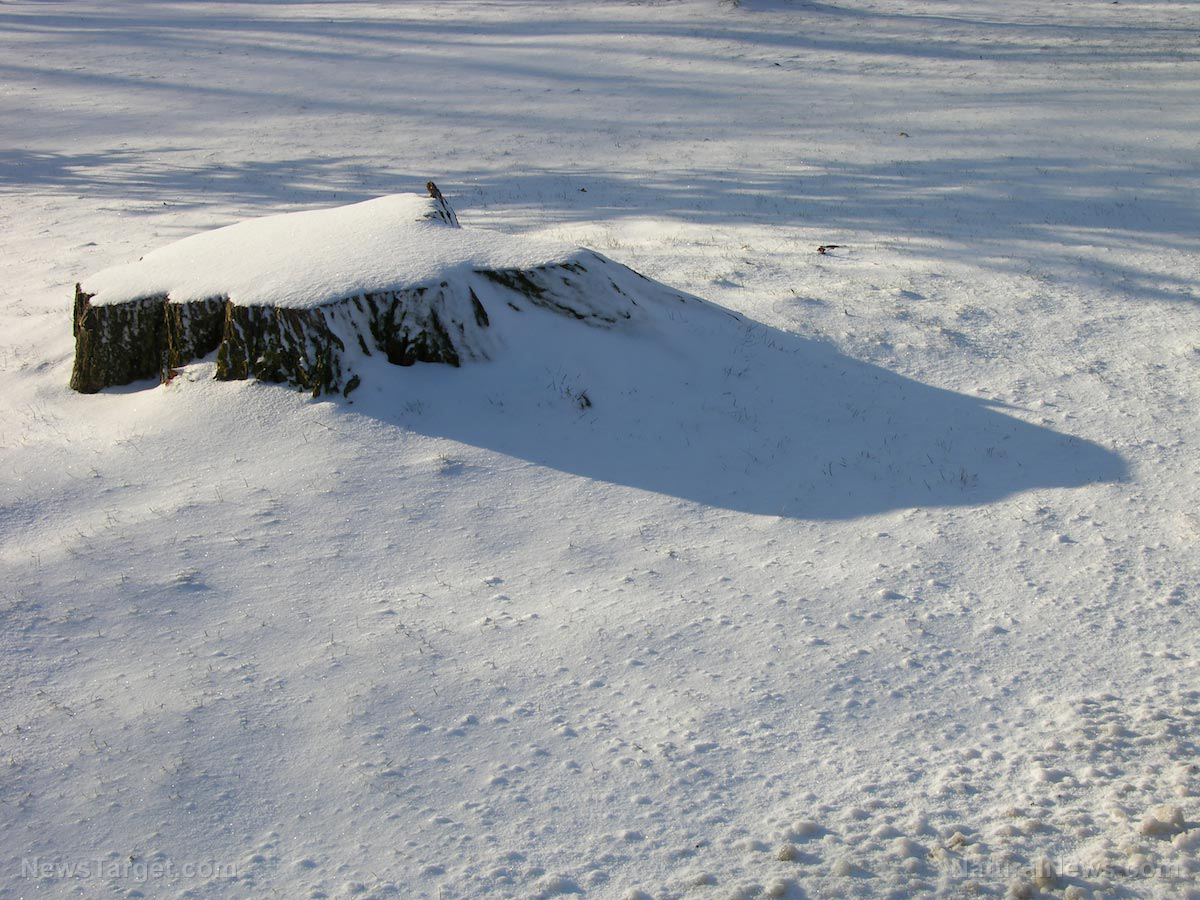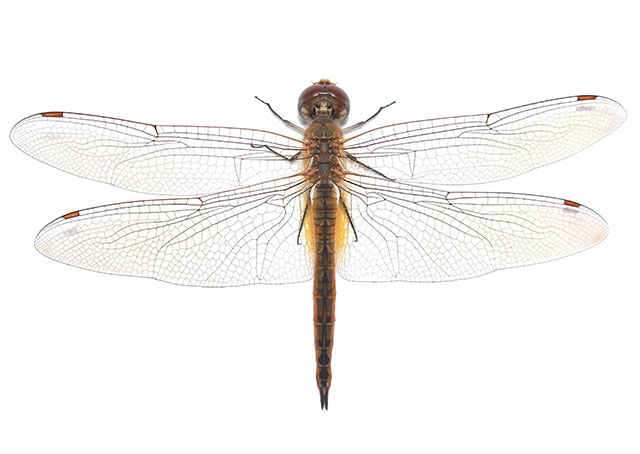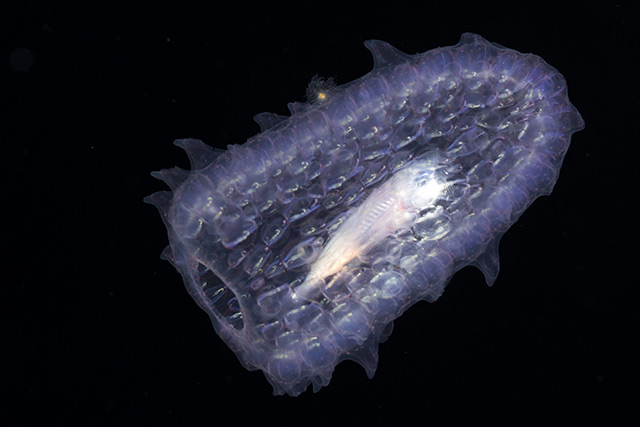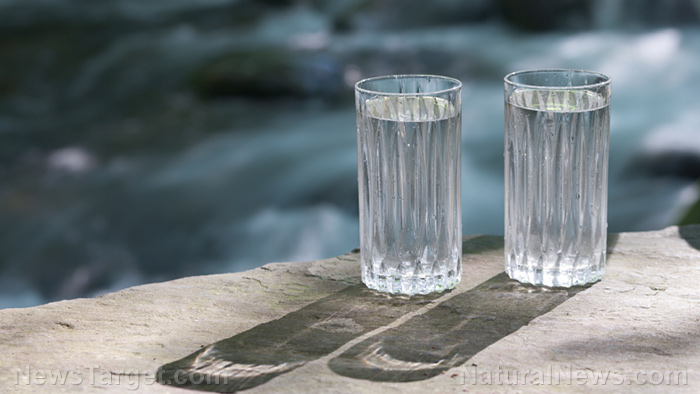Would you believe that after many years of intensive study, performed by some of the most brilliant experts in their respective fields, that there’s still a lot of stuff that’s currently unknown about water in relation to the Earth itself? Indeed, that seems to be the gist of a recent report which showed that previous estimates about snow volume for the entire continent of North America were wrong.
Based on the report, which itself was based on a study conducted by researchers from the Ohio State University, there is a lot more snow piling up in the North American mountains than anyone previously thought. The details of the study were shared by the researchers in a paper that was recently published in the journal Geophysical Research Letters.
The report from the researchers said that earlier estimates of snow volume for the continent needed to be revised, mainly due to the fact that snow accumulation per year is 50 percent higher than official figures. It is said that the yearly estimate of snow volume is at about 1,200 cubic miles. As a point of reference, this much snow would be able to cover the surface of the continent that spans from Canada to Mexico, with a little over 7.5 inches of depth. And if you just place it all in the state of Ohio, it would bury the entire state in snow that’s 150 feet deep.
According to Michael Durand, an associate professor of Earth Sciences, their work here could be instrumental in gaining a better understanding of water’s relation to the planet. He said that it’s currently impossible to directly measure how much water is on the planet. “It’s extremely important to know,” he said, “not just so we can make estimates of available fresh water, but also because we don’t fully understand Earth’s water cycle.”
Meanwhile, Melissa Wrzesien, the lead author of the study, said their research represents an important step towards truly understanding the extent of the continent’s fresh water sources. “Our big result was that there’s a lot more snow in the mountains than we previously thought,” she said. “That suggests that mountain snow plays a much larger role in the continental water budget than we knew.” (Related: Drivers forced to forage for food after winter storm left hundreds stranded overnight.)
It is said that the fundamentals of Earth’s water cycle are known to some extent. Durand himself said just the same. “Water evaporates, condenses over mountains and falls to Earth as rain or snow. From there, snow melts, and water runs into rivers and lakes and ultimately into the ocean.”
But how much water there is exactly, or how much of it falls as either rain or snow, is currently hard to pinpoint. With the use of satellites, it’s possible to make some reasonable measurements of snow on flat ground, but going through mountain terrain makes things much more difficult.
The researchers noted that their measurement of 1,200 cubic miles of snow per year is based on snow-water equivalent measurements, which is based on the amount of water that would form once the snow melts. They said that it was at about a 3:1 ratio. They also mentioned that around 60 percent of all snow accumulation in North America happens in the mountains, with most of it atop the Canadian Rockies and 10 other mountain ranges.
According to Durand, each one of the mountain ranges plays a huge part in the climate system. However, he said the true importance of the Canadian Rockies still hasn’t been realized. “We hope that by drawing attention to the important of the mountains, this work will help spur development in understanding how mountains fit into the large-scale picture.”
Read more about climate-related studies in Climate.news.
Sources include:
Newswise.com
News.OSU.edu




















